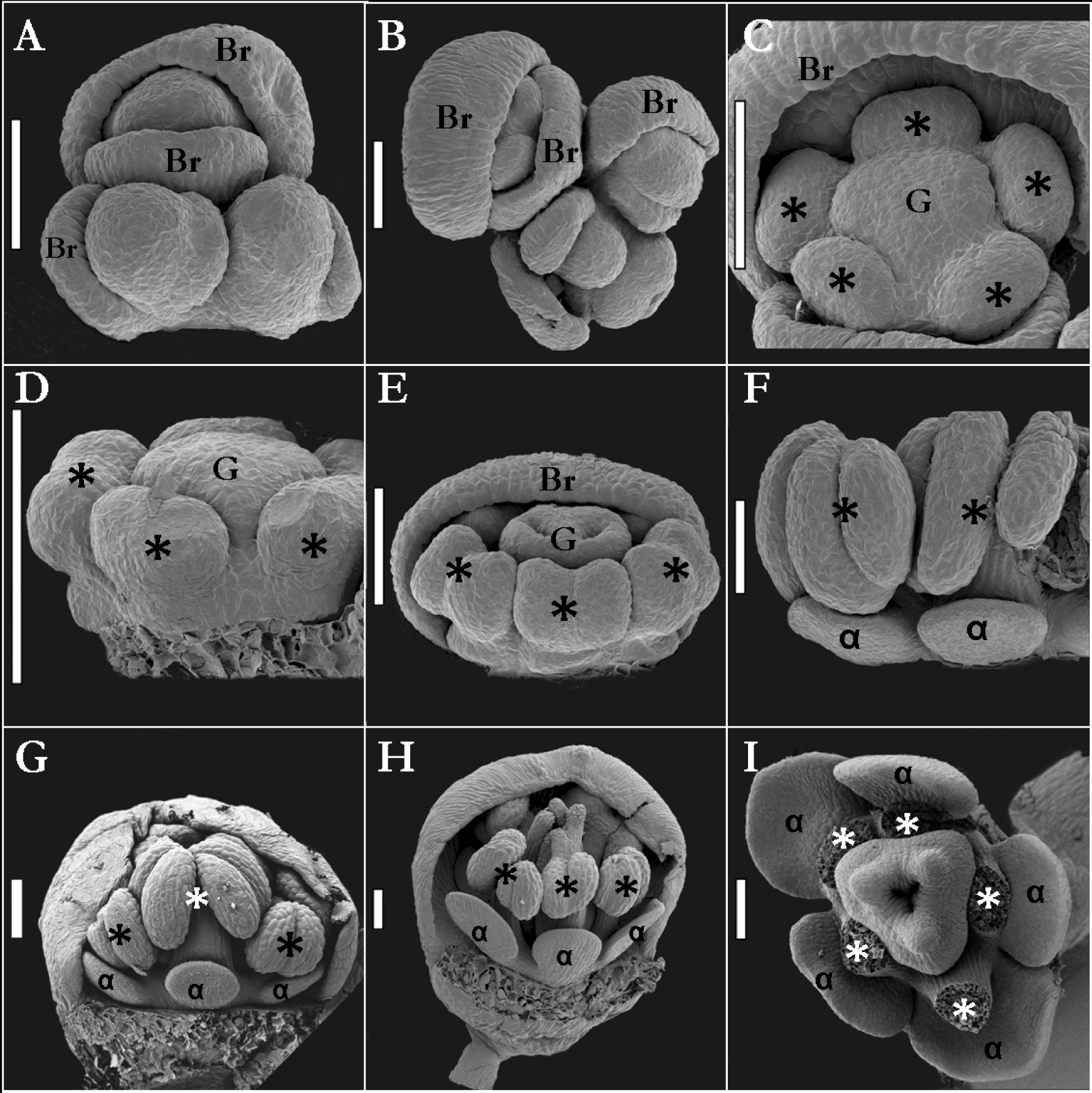Micromorphological evidence for androecium origin of Claytonia (Montiaceae) petaloids
Abstract
Caryophyllales is an order distinguished for having flowers with only one perianth whorl – the perigone. The perigone is a calyx derived structure that can have either petaloid or sepaloid appearance. Members of the Portulacinae suborder have tendency to have a false bipartite perianth, forming a petaloid perigone and an epicalyx with the subtending bracts of the flower. Although Claytonia belongs to the Portulacinae suborder, previous studies have suggested a different origin for its petaloid organs other than the sepals. In this study we investigated the floral development of Claytonia sibirica and Claytonia perfoliata using Scanning Electron Microscopy (SEM) to understand the origin of the petaloid organs in the genus. Our results show that petaloid organs in Claytonia are of androecium origin and can be interpreted as the expression of the typical Caryophyllales’ perigone growing in androecium tissue.
References
Dos Santos P. 2011. The Cryptic Evolution of Petaloids in the Portulacineae (Caryophyllales). MSc thesis – unpublished data. University of Edinburgh, Royal Botanic Gardens Edinburgh & the University of Cambridge.
Endress P.K. 1996. Diversity and Evolutionary Biology of Tropical Flowers. Cambridge University Press.
Hofmann U. 1993. Flower morphology and ontogeny. In: Behnke H.-D. & Mabry T.J. (eds). Caryophyllales – Evolution and Systematics: 123–166. Springer-Verlag Berlin-Heidelberg.
Milby T.H. 1980. Studies in the floral anatomy of Claytonia (Portulacaceae). Am. J. Bot. 6 (7): 1046–1050.
Nyffeler R., Eggli U. 2010. Disintegrating Portulacaceae: A new familial classification of the suborder Portulacineae (Caryophyllales) based on molecular and morphological data. Taxon 59 (1): 227–240.
Ronse de Craene L. 2008. Homology and Evolution of Petals in the Core Eudicots. Systematic Botany 33 (2): 301–325.


This work is licensed under a Creative Commons Attribution-NonCommercial-NoDerivatives 4.0 International License.
The journal is licensed by Creative Commons under BY-NC-ND license. You are welcome and free to share (copy and redistribute the material in any medium or format) all the published materials. You may not use the material for commercial purposes. You must give appropriate credit to all published materials.
The journal allow the author(s) to hold the copyrights and to retain publishing rights without any restrictions. This is also indicated at the bottom of each article.





